The Solar Powered Car Market is currently characterized by a dynamic competitive landscape, driven by technological advancements, sustainability initiatives, and increasing consumer demand for eco-friendly transportation solutions. Major players such as Tesla (US), Toyota (JP), and Hyundai (KR) are at the forefront, each adopting distinct strategies to enhance their market positioning. Tesla (US) continues to innovate with its solar integration technologies, while Toyota (JP) focuses on hybrid solutions that incorporate solar energy, reflecting a commitment to sustainability. Hyundai (KR) is expanding its electric vehicle (EV) offerings, integrating solar panels into select models, thereby enhancing energy efficiency and appealing to environmentally conscious consumers. Collectively, these strategies contribute to a competitive environment that emphasizes innovation and sustainability as key differentiators.
In terms of business tactics, companies are increasingly localizing manufacturing to reduce costs and enhance supply chain efficiency. This trend is particularly evident in the Solar Powered Car Market, which appears moderately fragmented, with several players vying for market share. The collective influence of key players is shaping a landscape where collaboration and strategic partnerships are becoming essential for success. As companies optimize their supply chains and localize production, they are better positioned to respond to regional market demands and regulatory requirements.
In August 2025, Tesla (US) announced a partnership with a leading solar technology firm to develop integrated solar charging stations for its vehicles. This strategic move is likely to enhance Tesla's infrastructure, providing customers with convenient charging options while promoting the use of renewable energy. The collaboration underscores Tesla's commitment to sustainability and positions the company as a leader in the solar-powered vehicle segment.
In September 2025, Toyota (JP) unveiled its latest solar-powered hybrid model, which features advanced solar panel technology designed to extend driving range and reduce reliance on traditional charging methods. This launch not only reinforces Toyota's commitment to innovation but also highlights the growing consumer interest in hybrid solutions that incorporate renewable energy. The introduction of this model may strengthen Toyota's competitive edge in the market, appealing to a broader audience seeking sustainable transportation options.
In October 2025, Hyundai (KR) revealed plans to expand its solar panel integration across its entire EV lineup, aiming to enhance energy efficiency and reduce carbon emissions. This initiative reflects Hyundai's proactive approach to sustainability and positions the company favorably in a market increasingly driven by environmental considerations. By prioritizing solar technology, Hyundai is likely to attract eco-conscious consumers and differentiate itself from competitors.
As of October 2025, the Solar Powered Car Market is witnessing trends that emphasize digitalization, sustainability, and the integration of artificial intelligence in vehicle design and manufacturing. Strategic alliances among key players are shaping the competitive landscape, fostering innovation and collaboration. Looking ahead, it appears that competitive differentiation will increasingly hinge on technological advancements and supply chain reliability, rather than solely on price. Companies that prioritize innovation and sustainability are likely to thrive in this evolving market.


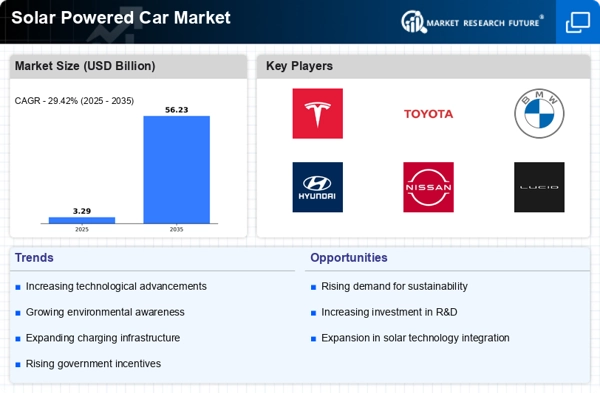
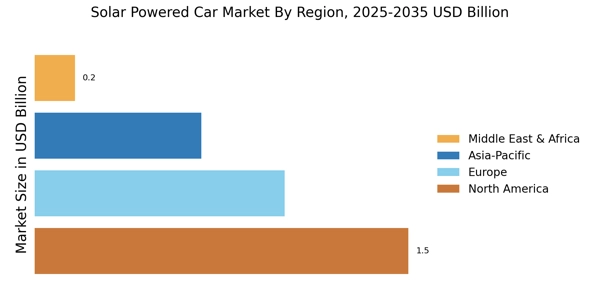
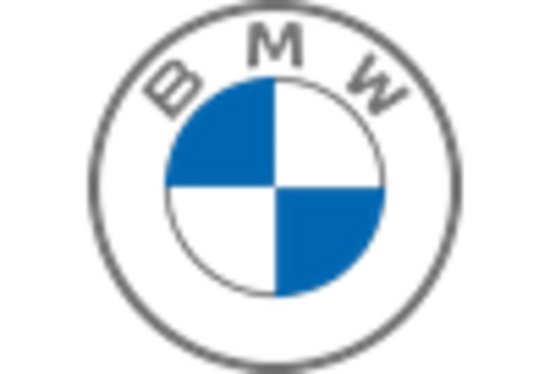

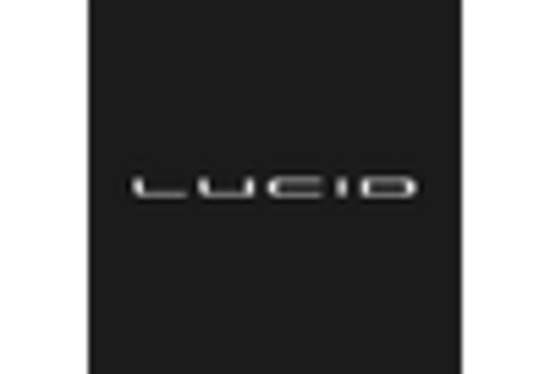
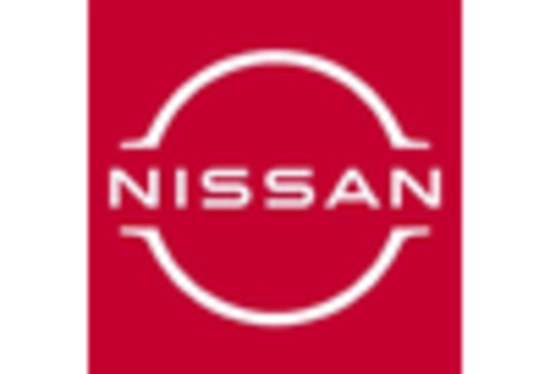

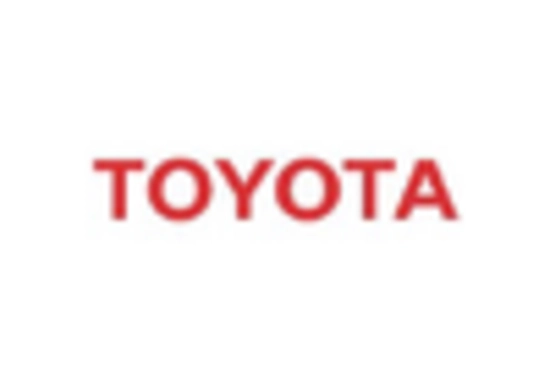








Leave a Comment